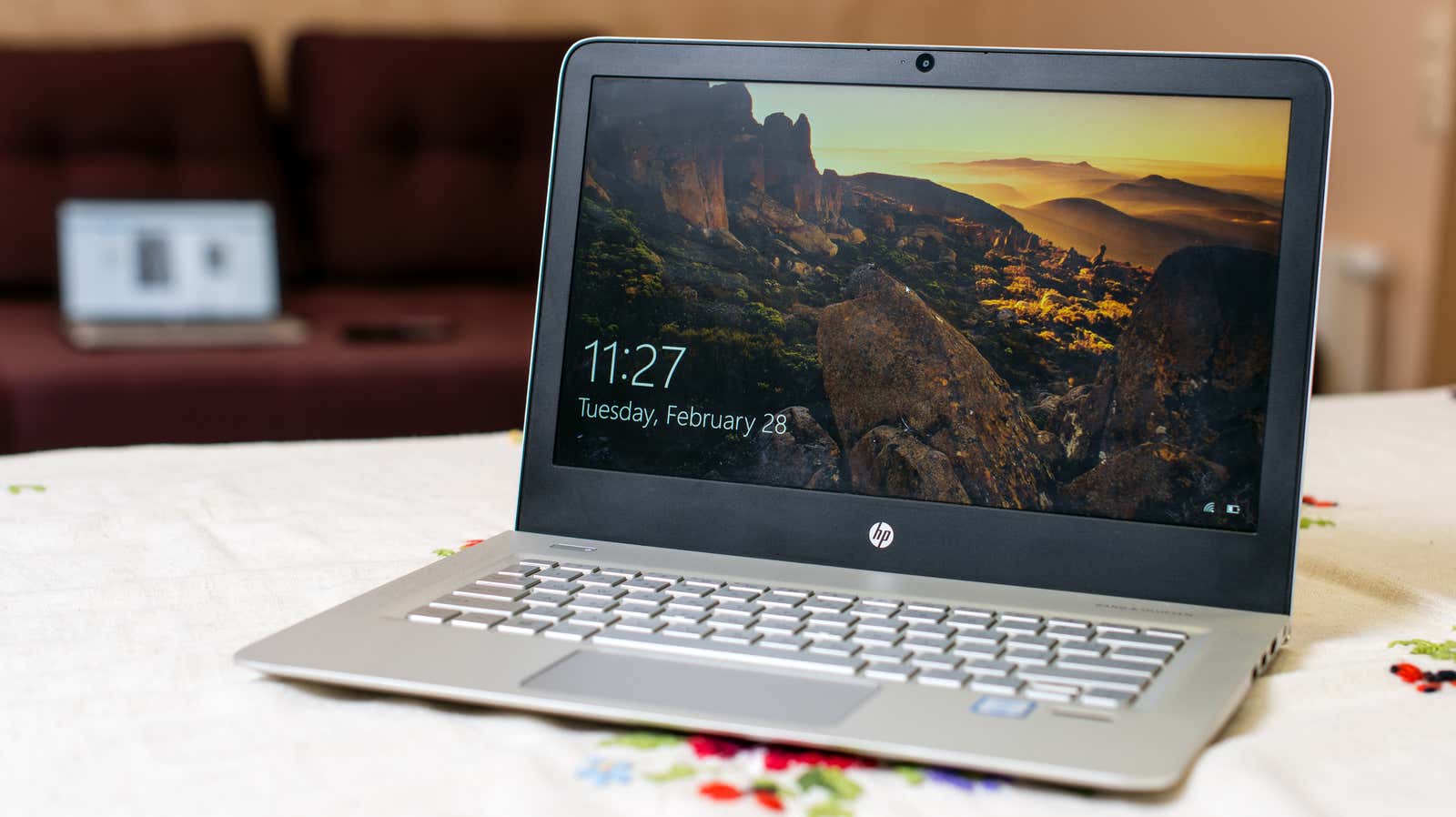How to Set up Mail on a Windows 10 Computer

Using the Mail app on your computer can be much more convenient than logging into a site like Gmail. There are a number of benefits, including the biggest, being able to access your downloaded email when you don’t have an Internet connection.
If you’ve just upgraded to Windows or just decided it’s time to use the built-in email app, setting it up with your email accounts is pretty straightforward.
- Launch the Mail application by clicking the Windows Start menu and choosing Mail.
- Click “+ Add Account” to add an account.
- Select the type of account you want to add. Mail supports everything: regular Gmail or Hotmail addresses, your employer’s exchange server, or whatever other POP or IMAP services you use.
- Enter your username and password.
- Click Finish.
For most email accounts, this is all you need to do. If you want to add more than one account to the application, you will need to click the Settings button in the row (the gear icon in the three-line menu) after launching the Mail application. There you will use the “Account Management” option to add more.
If you’re trying to set up a non-Gmail-based work email address, or any other email that failed in step three, there are a few more steps you need to take — and you’ll need some information. from your IT department.
Advanced accounts
- Click “Advanced Setup” when you can choose your account in the step above.
- Enter your username as your full email address, for example johnsmith@amazingsite.com .
- Enter your email account password.
- Give your account a name. Think something like “Work Email”. This is what you will see in the left pane of the Mail app for that account in the future.
- Select the name to which your emails will be sent. In 99% of cases, it should be just your name: “John Smith” or another name.
- Add your account type and mail server information. You will need to get this information from your company’s IT department (or elsewhere on your corporate internal website). The server will most likely be in a format such as “imap.google.com” and you will also need your company’s SMTP information. Your account type is IMAP4 or POP3. If you are unsure, most IMAP4.
- Click “Login” and login.
- Click Finish.
Other email apps to try
The Mail app can be a great option if you just want to send and receive email, but there are tons of other great email apps worth trying out as well. Many of these apps also have counterparts for iOS and Android, so you can work seamlessly on both your computer and smartphone.
Mailbird
Mailbird is one of the most popular Mail alternatives , especially because it can connect to Facebook, Twitter, WhatsApp, and a host of other services. It becomes a kind of mailbox for your entire network life.
There’s also built-in the ability to snooze emails so they appear in your inbox later when you have more time to read them, and a built-in reply feature that allows your replies to stand out when replying to a single email.
All of these features are priced at $ 19.50 per year for a personal account, $ 29.50 per year for a corporate account, or $ 39.50 as a one-time purchase.
Mailbox
Mailbox is also a great alternative to the built-in Windows mail application . It works with email accounts like Google and Yahoo, as well as POP and IMAP accounts. If you work with multiple accounts, you can group them into the Personal and Work segments in the application. The app also offers filtering and tagging capabilities, email signature templates, and emoji support.
Like Mailbird, it also has a cost: $ 19 for an annual license or $ 39 for a lifetime license.